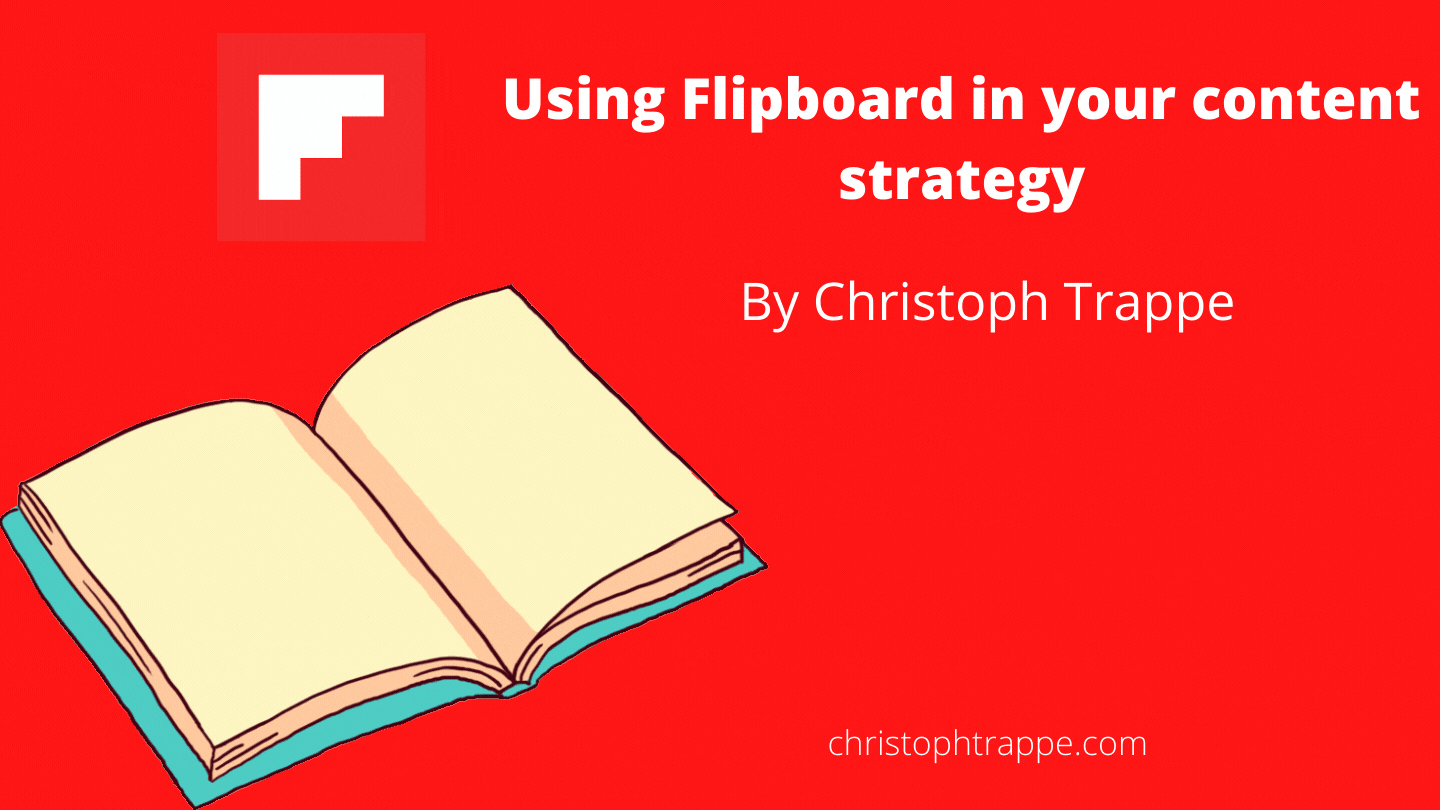Trappe Digital LLC may earn commissions from sponsored links and content. When you click and buy you also support us.
Flipboard started as an iPad app when the iPad first came out in 2010 and has since evolved into a great way for publishers (aka companies that produce useful content) to syndicate their stories and knowledge. Let me show you how. The setup is super easy and really anyone can share content to Flipboard.
How does Flipboard work?
At the most basic level, Flipboard aggregates content from a variety of content sources and then displays this content in topical sections – like market research, technology and many others.

That’s where you can see success with your content if your content is picked to be highlighted by areas followed by Flipboard readers.
How does Flipboard decide what content to feature?
There are two ways:
- Content is handpicked by humans. For example, there’s an editorial team and users can flip other people’s content into their own magazines.
- By the algorithm. I’ve had content take off before on Flipboard when its algorithm flipped an article of mine into a topical magazine. For example, I wrote about Puerto Rico and Bacardi. That article was then pushed to my Flipboard magazine and Flipboard’s technology decided to distribute it farther from there. About 70 percent of that article’s initial traffic came from Flipboard.
How publishers get started
There are two ways:
- apply to be a publisher, which then allows you to automatically feed your content into a magazine through an RSS feed. You have to own the content on that RSS feed so you can’t just pick other people’s RSS feed and start your own magazine with it.
- share your article links manually after you publish new ones.
Read next: Why a content creation strategy must include getting on a blogging schedule
Applying for publisher status
From desktop, click on the Settings section and scroll all the way down. Click on the apply to become a publisher text. In this screen shot it says “cancel” because I just applied.

Setup your magazine. Click on the Profile section to get to the area where you can edit and create magazines.

The magazine with the locked icon is the one I used to apply for publisher status. It’s private unless I get approved. Click on the edit button (the pencil) to set the RSS feed.

The advantage of this option is that it’s automatic. I publish a new article on my blog and Flipboard will pick it up and add it to my magazine.
Publishing a Flipboard magazine manually
Even if you don’t get approved as a publisher on Flipboard, you can manually flip your content links into a magazine.
From the Profile section click on Make a Magazine and start creating it.

For example. you can find my Flipboard magazine – Christoph’s Content Corner – here. I’m also using that name for my LinkedIn newsletter and my blog here. So there’s some brand consistency.
To add content, I simply go to the edit section of that magazine and add the URL. I can also add other people’s links, Tweets or really anything that has a URL.

At the end of the day, to make this work, your company does have to create content and useful content for that matter. Flipboard is a great way to get your content in front of people following relevant topics.

